Search Results
Showing results 641 to 660 of 956

Shadow Play
Source Institutions
In this three part activity, learners explore and experiment with shadows to learn about the Sun's relative motion in the sky.
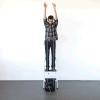
Falling Rhythm
Source Institutions
Listen to the beat of gravity. By taking two strings with weights tied to them at different, yet uniform intervals, you can hear the uniformity (and rhythm) of gravity's accelerating pull.

Which Parachute
Source Institutions
In this activity, learners will engineer three different parachutes to test how well each one works.

Pop Rockets
Source Institutions
Learners place water and part of an antacid tablet in a film canister. The reaction creates a gas reaction that launches the film canister like a rocket.
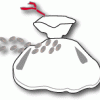
Static Electricity
Source Institutions
In this quick activity, learners explore static electricity using a plastic comb, wool cloth, puffed rice, and a plastic bag.

Water Exploration Station
Source Institutions
In this activity (located on page 3 of the PDF), learners investigate the way water moves and how we can control and direct water.
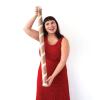
Make Your Own Rainstick
Source Institutions
In this activity, leaners build their very own rainsticks, an instrument filled with pebbles and seeds that create sounds like falling rain. Save costs by using material found around the home.
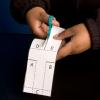
Make and Fly a Helicopter
Source Institutions
Learners follow the template to build and fly a paper helicopter.

Big Things Come in Little Packages
Source Institutions
As a group, learners investigate three packages which are all the same size and shape, but have different contents. One is filled with foam, one is filled with wood, and one is filled with metal.
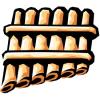
Straw Pipes
Source Institutions
Learners build pan pipes out of drinking straws by cutting them to different lengths. Then, learners make music by blowing across the straws and playing some well-known songs.
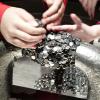
Magnetism Hunt
Source Institutions
In this activity about magnetism (page 4 of the PDF), learners will experiment with magnets and different objects to find out that not all metals are attracted to magnets.

Black Holes: No Escape
Source Institutions
This fun and simple hands-on astronomy activity lets learners experiment with marbles and weights to discover some basics about gravity and black holes.

Float Your Boat
Source Institutions
In this physics activity, learners will explore buoyancy.
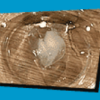
Keep-a-Cube
Source Institutions
In this activity, challenge learners to keep an ice cube from completely melting in 30 minutes. Learners engineer a box or wrap to prevent an ice cube from melting.
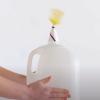
Rocket Mice
Source Institutions
In this activity, learners will make a model rocket to test the phrase "what goes up must come down." Learners will power their rockets with air pressure, and soon discover the effects of air resistan

Mechanical Grabber
Source Institutions
In this engineering activity, challenge learners to make a "grabber" that can pick up trash. Learners use simple materials to create pinchers that can grab small items.

Garden Poles
Source Institutions
In this activity, learners build large-scale structures and cantilevers in a series of "building out" challenges with garden poles and tape.
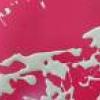
COSI's Flubber Recipe
Source Institutions
Everybody loves messy science, and Flubber is a favorite of both COSI employees and guests!

Color Spy
Source Institutions
In this activity (16th on the page), learners play a variation of the "I Spy" game to explore color. Learners work in teams with each team assigned a color.
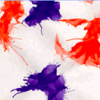
Painting a Picture with Air
Source Institutions
Create a painting by blowing air out of a straw. Push liquid acrylic paint around on some watercolor paper by aiming short bursts of air onto the paint puddle.
